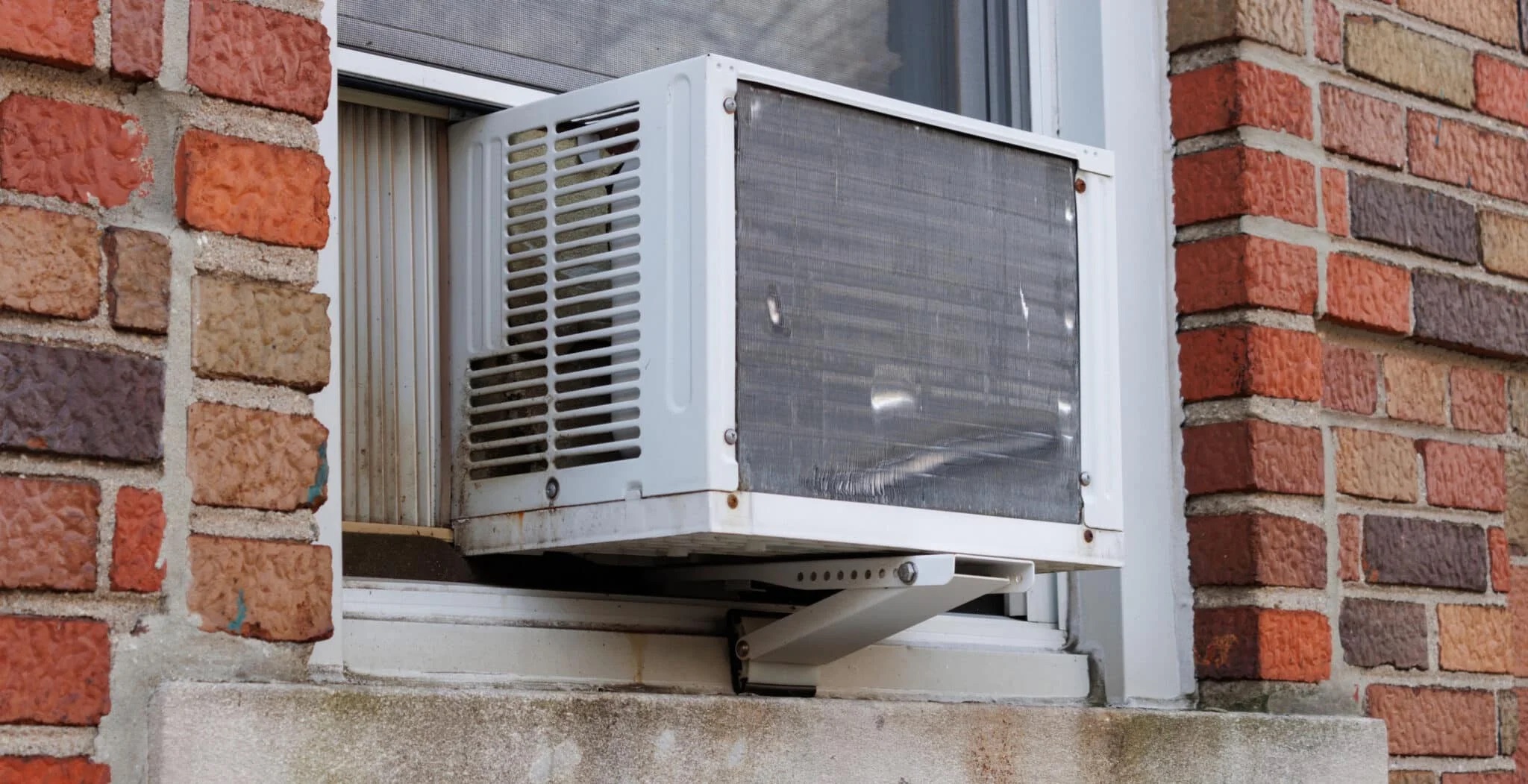

Articles
How Much Does A Window AC Unit Cost
Modified: April 23, 2024
Find out the average cost of window AC units and make an informed decision for your home. Browse our articles for more information.
(Many of the links in this article redirect to a specific reviewed product. Your purchase of these products through affiliate links helps to generate commission for Storables.com, at no extra cost. Learn more)
Introduction
Welcome to our comprehensive guide on the cost of window AC units. With summer just around the corner, staying cool in your home or office is a top priority. Window AC units provide a convenient and cost-effective solution to beat the heat and maintain a comfortable environment.
When it comes to purchasing a window AC unit, it’s essential to understand the factors that influence its cost. By having this knowledge, you can make an informed decision that fits your budget and cooling needs.
In this article, we will explore the various factors that affect the cost of window AC units. We will also provide an overview of the average price range and delve into the cost breakdown of these units. Furthermore, we will discuss additional costs to consider and provide some ways to reduce the overall expenses associated with purchasing and installing a window AC unit.
So, whether you’re looking to cool a small bedroom or a large living area, understanding the cost factors will help you choose the right window AC unit without breaking the bank.
Key Takeaways:
- Understanding the factors that influence window AC unit costs, such as cooling capacity, energy efficiency, and brand reputation, empowers consumers to make informed decisions that balance budget and performance.
- By considering additional costs, such as energy consumption, maintenance, and accessories, and implementing cost-saving strategies like proper insulation and DIY installation, consumers can minimize expenses while staying cool and comfortable.
Read more: How Much Does An AC Compressor Cost
Factors Affecting Window AC Unit Cost
Several factors contribute to the cost of a window AC unit. Understanding these factors will help you assess your needs and budget accordingly. Here are the key elements to consider:
- Cooling Capacity: The cooling capacity of a window AC unit is measured in British Thermal Units (BTUs). Units with higher BTU ratings have a greater cooling capacity and are typically priced higher. Before making a purchase, it’s important to assess the size of the room you want to cool and choose a unit with the appropriate BTU rating. Purchasing an undersized or oversized unit can impact its efficiency and increase energy consumption.
- Energy Efficiency: Energy-efficient window AC units are designed to consume less electricity while providing optimal cooling. These units may have a higher initial cost, but they can save you significant money in the long run by reducing energy bills. Look for units with the ENERGY STAR label, indicating that they meet strict energy efficiency guidelines.
- Brand and Reputation: Well-established brands with a reputation for quality and reliability often charge a premium for their products. While these units may come at a higher initial cost, they often offer better performance, durability, and warranties. Investing in a reputable brand can save you money by reducing the need for frequent repairs or replacements.
- Features and Technology: Window AC units come with various features and technologies that can enhance their functionality and convenience. These features may include remote controls, programmable timers, sleep mode, dehumidifiers, air purifiers, and smart home compatibility. Units with more advanced features and technologies tend to be priced higher.
- Installation and Maintenance: The cost of installation and maintenance should also be taken into account. Some window AC units are designed for easy DIY installation, while others may require professional assistance. Additionally, regular maintenance, such as cleaning the filters and coils, is necessary to maintain optimum performance and prolong the lifespan of the unit.
By considering these factors, you can determine the features and specifications that align with your cooling needs and budget. It’s essential to strike a balance between cost and performance to ensure that you get the best value for your money when purchasing a window AC unit.
Average Price Range of Window AC Units
The price of window AC units can vary significantly based on factors such as brand, cooling capacity, energy efficiency, and features. Understanding the average price range can help you set a realistic budget for your purchase. Here’s an overview of the typical pricing:
Entry-Level Window AC Units:
Entry-level window AC units with lower BTU ratings and basic features typically fall in the price range of $100 to $300. These units are suitable for smaller spaces and provide essential cooling at an affordable cost. While they may not have advanced features, they are a budget-friendly option for those on a tight budget.
Mid-Range Window AC Units:
The mid-range window AC units offer a balance between price and performance. These units usually have higher BTU ratings, energy-efficient features, and additional functionalities. The price range for mid-range units typically falls between $300 to $600. These units are suitable for cooling larger rooms or multiple connected spaces.
High-End Window AC Units:
High-end window AC units are the top-of-the-line models that come with advanced features, smart capabilities, and exceptional cooling performance. These units have higher BTU ratings and can handle cooling larger areas efficiently. The price range for high-end units can start from $600 and can exceed $1000, depending on the brand, features, and cooling capacity.
It’s important to note that the price range mentioned above is a general estimate, and prices may vary slightly depending on the retailer and location. Additionally, seasonal discounts and promotions can also affect the final price of window AC units.
When considering the price range, it’s crucial to assess your cooling needs, the size of the room, and any specific features or functionalities you require. This will help you determine the appropriate price range for your window AC unit purchase and ensure that you get a unit that meets your requirements without overspending.
Cost Breakdown of Window AC Units
Understanding the cost breakdown of window AC units can provide insights into where your money is going and help you make an informed purchasing decision. Here’s a breakdown of the different components that contribute to the overall cost:
- Base Unit Cost: The base unit cost refers to the price of the window AC unit itself. As mentioned earlier, this cost can vary depending on factors such as brand, cooling capacity, energy efficiency, and additional features. Higher-quality units from reputable brands generally have a higher base unit cost.
- Installation: If you’re not comfortable with DIY installation, you may need to hire a professional to install the window AC unit. Installation costs can vary depending on factors such as location, complexity of installation, and additional materials required. It’s advisable to get quotes from multiple installers to ensure you’re getting a fair price.
- Maintenance and Repairs: Over time, your window AC unit may require maintenance and occasional repairs. These costs can include cleaning or replacing filters, cleaning coils, or fixing any mechanical issues. It’s important to budget for regular maintenance to keep your unit running efficiently and prevent major repairs down the line.
- Energy Consumption: Window AC units consume electricity to operate, and the cost can add up over time. Energy-efficient units may have a higher upfront cost but can save you money in the long run with lower energy bills. Checking the Energy Efficiency Ratio (EER) or Seasonal Energy Efficiency Ratio (SEER) ratings of the unit can give you an idea of its energy consumption and potential cost savings.
- Accessories and Add-ons: Additional accessories or add-ons can also contribute to the overall cost. These may include items such as remote controls, extra filters, support brackets, or smart home integration. While these are not essential, they can enhance the convenience and functionality of your window AC unit.
It’s important to consider the total cost of ownership when purchasing a window AC unit. While a cheaper unit may save you money initially, it may cost more in the long run due to higher energy consumption or frequent repairs. On the other hand, investing in a higher-quality unit may have a higher upfront cost but can provide better performance, energy efficiency, and durability, resulting in long-term savings.
By considering all these factors and estimating the costs involved in purchasing, installing, maintaining, and operating a window AC unit, you can make an informed decision and choose a unit that fits your budget and provides optimal cooling for your space.
When considering the cost of a window AC unit, it’s important to factor in not only the initial purchase price, but also the long-term energy efficiency and maintenance costs. Look for units with a high energy efficiency rating to save on electricity bills over time.
Additional Costs to Consider
When budgeting for a window AC unit, it is important to consider additional costs beyond the initial purchase and installation. These costs can vary depending on your specific circumstances and can impact the overall affordability of the unit. Here are some additional costs to keep in mind:
- Energy Costs: While window AC units provide efficient cooling, they do consume electricity. It is important to factor in the potential increase in your energy bill when using a window AC unit. Energy-efficient units may help to mitigate this cost to some extent, but it is still essential to consider the additional energy consumption and estimate its impact on your monthly expenses.
- Maintenance and Repairs: Regular maintenance of your window AC unit is crucial for optimal performance and longevity. This includes cleaning or replacing filters, cleaning coils, and checking for any mechanical issues. Additionally, if the unit experiences any malfunctions or breakdowns, it may require repairs. Budgeting for these routine maintenance tasks and occasional repairs is essential to ensure the unit operates efficiently and lasts as long as possible.
- Accessories and Upgrades: Depending on your needs and preferences, you may want to invest in accessories or upgrades for your window AC unit. This can include items such as additional filters, smart thermostats, or noise-reducing panels. While these are not essential, they can enhance the convenience, efficiency, and overall performance of your unit. It is important to consider the cost of these add-ons and assess their value based on your specific requirements.
- Ventilation and Insulation: Proper ventilation and insulation are crucial for the optimal functioning of a window AC unit. If your space lacks proper ventilation or insulation, you may consider investing in improvements to enhance energy efficiency and cooling performance. This can include sealing air leaks, adding insulation, or installing exhaust fans. These improvements can involve additional costs, but they can also save you money in the long run by maximizing the efficiency of your window AC unit.
- Disposal and Recycling: If you are replacing an existing window AC unit, you may need to consider the cost of disposing of the old unit responsibly. Many states have regulations regarding the disposal of appliances containing refrigerants, so it is important to follow the proper procedures and consider any associated costs. Additionally, some retailers offer recycling programs for old units, which may incur additional fees.
By accounting for these additional costs, you can have a more accurate understanding of the total expenses involved in owning and operating a window AC unit. Proper budgeting helps ensure that you can afford not just the initial purchase and installation, but also the ongoing costs associated with maintenance, energy consumption, and any necessary upgrades or improvements.
Read more: How Much Does An AC Condenser Cost
Ways to Reduce Window AC Unit Costs
While window AC units are necessary for keeping cool during hot summer months, there are several ways you can minimize the associated costs. By implementing these strategies, you can save money on both the initial purchase and ongoing operation of your unit. Here are some ways to reduce window AC unit costs:
- Choose the Right Size: Select a window AC unit that is the appropriate size for the space you need to cool. Units that are too large for the room will consume more energy, resulting in higher utility bills. On the other hand, units that are too small will struggle to cool the space efficiently, leading to increased run times and unnecessary wear and tear on the unit.
- Opt for Energy Efficiency: Energy-efficient window AC units may have a higher initial cost, but they can save you money in the long run. Look for units with high Energy Efficiency Ratio (EER) or Seasonal Energy Efficiency Ratio (SEER) ratings, as they are designed to consume less energy while providing optimal cooling. The initial investment in an energy-efficient unit will be offset by lower energy bills over time.
- Utilize Programmable Thermostats: Consider using a programmable thermostat or a unit with built-in timer functionality. This allows you to set specific temperatures or schedule cooling cycles to align with your daily routine. By adjusting the temperature when you’re away or sleeping, you can reduce energy consumption and lower your cooling costs.
- Maintain Proper Insulation: Ensure your space is well-insulated to prevent cool air from escaping and hot air from seeping in. Properly insulating windows, doors, and other areas will help your window AC unit cool the space more efficiently, resulting in lower energy consumption and cost savings. Weatherstripping or applying window film can also help seal any drafts and improve insulation.
- Regularly Clean and Maintain: Keep your window AC unit clean and well-maintained to ensure optimal performance and energy efficiency. Clean or replace filters regularly to prevent blockages and improve airflow. Clean the coils to remove dirt and debris that can hamper the unit’s ability to cool effectively. Proper maintenance reduces energy consumption, extends the lifespan of your unit, and minimizes the need for expensive repairs.
- Make Use of Natural Ventilation: Take advantage of natural ventilation during cooler parts of the day and night. Open windows or use fans to draw in fresh air and circulate it throughout the space. This can provide temporary relief and reduce the need to rely solely on your window AC unit, thereby reducing energy consumption and costs.
- Shop for Deals and Discounts: Keep an eye out for sales, promotions, and discounts when purchasing a window AC unit. Look for rebates offered by energy companies or manufacturer discounts that can significantly reduce the cost of the unit. Shopping around and comparing prices from various retailers can help you find the best deal without compromising on quality.
- Consider DIY Installation: If you have the necessary skills and tools, opt for DIY installation of your window AC unit to avoid additional installation costs. However, if you are unsure or uncomfortable with the process, it is advisable to hire a professional to ensure proper installation and avoid any potential issues.
By implementing these strategies, you can minimize the costs associated with purchasing and operating a window AC unit. From selecting an appropriately-sized and energy-efficient unit to maintaining proper insulation and regularly cleaning your unit, these actions will not only save you money but also improve the overall efficiency and performance of your window AC unit.
Conclusion
Choosing the right window AC unit for your space is essential for staying cool and comfortable during the summer months. By understanding the factors that affect window AC unit costs, including cooling capacity, energy efficiency, brand reputation, features, installation, and maintenance, you can make an informed decision that fits your budget and meets your cooling needs.
The average price range of window AC units can vary depending on the brand, features, and cooling capacity. Entry-level units typically range from $100 to $300, while mid-range units fall between $300 to $600. High-end units with advanced features can start from $600 and exceed $1000. It’s important to assess your specific requirements and choose a unit that offers the best value for your money.
Understanding the cost breakdown of window AC units is crucial in estimating the total expenses involved in ownership. Consider not only the base unit cost, but also installation, maintenance, energy consumption, and any additional accessories or upgrades. By factoring in these costs, you can set a realistic budget and make a well-informed purchase.
Furthermore, it is important to take additional costs into account, including energy consumption, maintenance and repairs, accessories, ventilation, insulation, and disposal or recycling. By considering these expenses upfront, you can plan and budget accordingly, ensuring that you are prepared for the ongoing costs associated with your window AC unit.
To reduce window AC unit costs, consider selecting the right size unit, opting for energy efficiency, using programmable thermostats, maintaining proper insulation, cleaning and maintaining the unit regularly, utilizing natural ventilation, searching for deals and discounts, and considering DIY installation when appropriate.
In conclusion, by considering these factors and implementing cost-saving strategies, you can make a well-informed decision and choose a window AC unit that provides efficient cooling while minimizing expenses. Stay cool and comfortable while keeping your budget in check this summer with a thoughtful approach to your window AC unit purchase.
Frequently Asked Questions about How Much Does A Window AC Unit Cost
Was this page helpful?
At Storables.com, we guarantee accurate and reliable information. Our content, validated by Expert Board Contributors, is crafted following stringent Editorial Policies. We're committed to providing you with well-researched, expert-backed insights for all your informational needs.
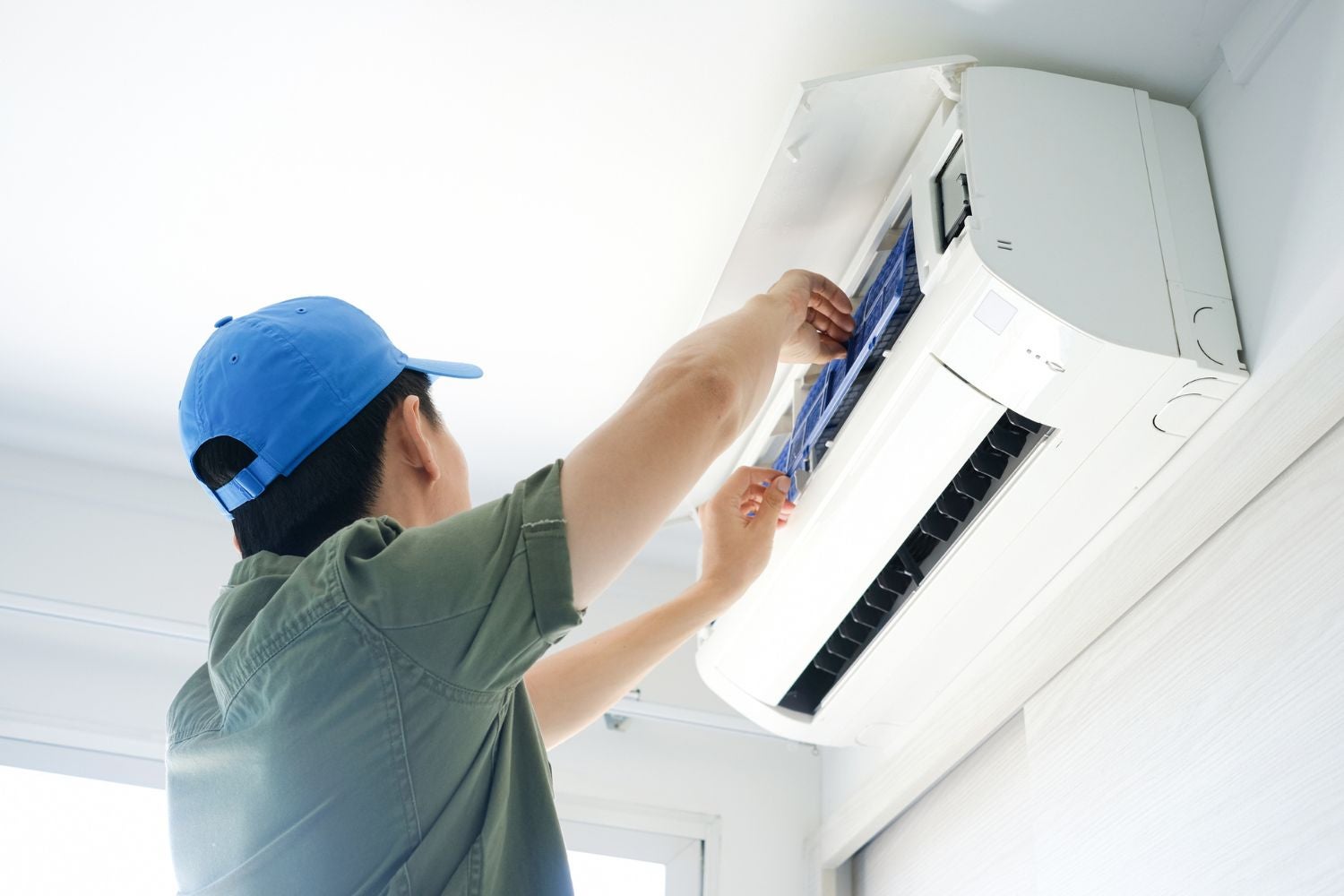
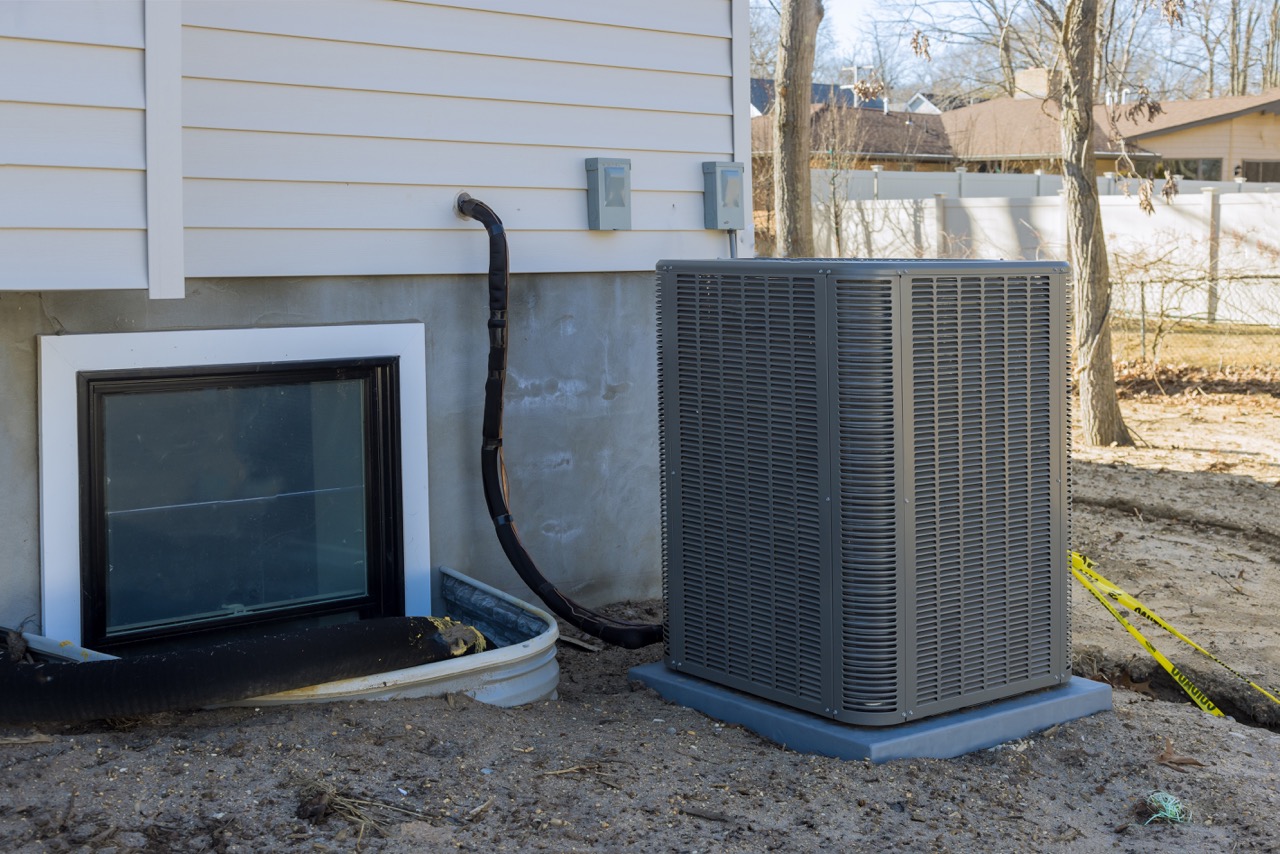
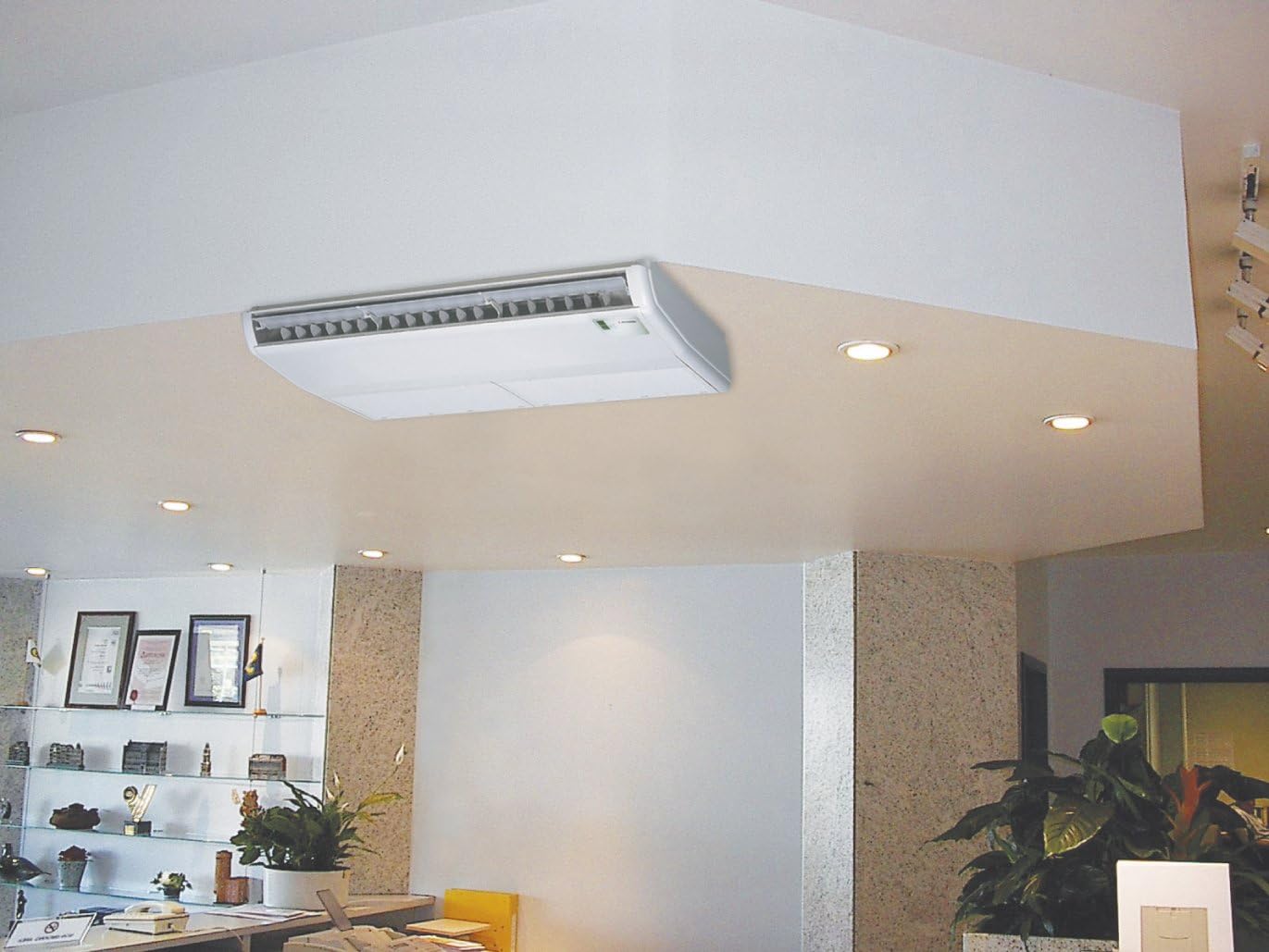
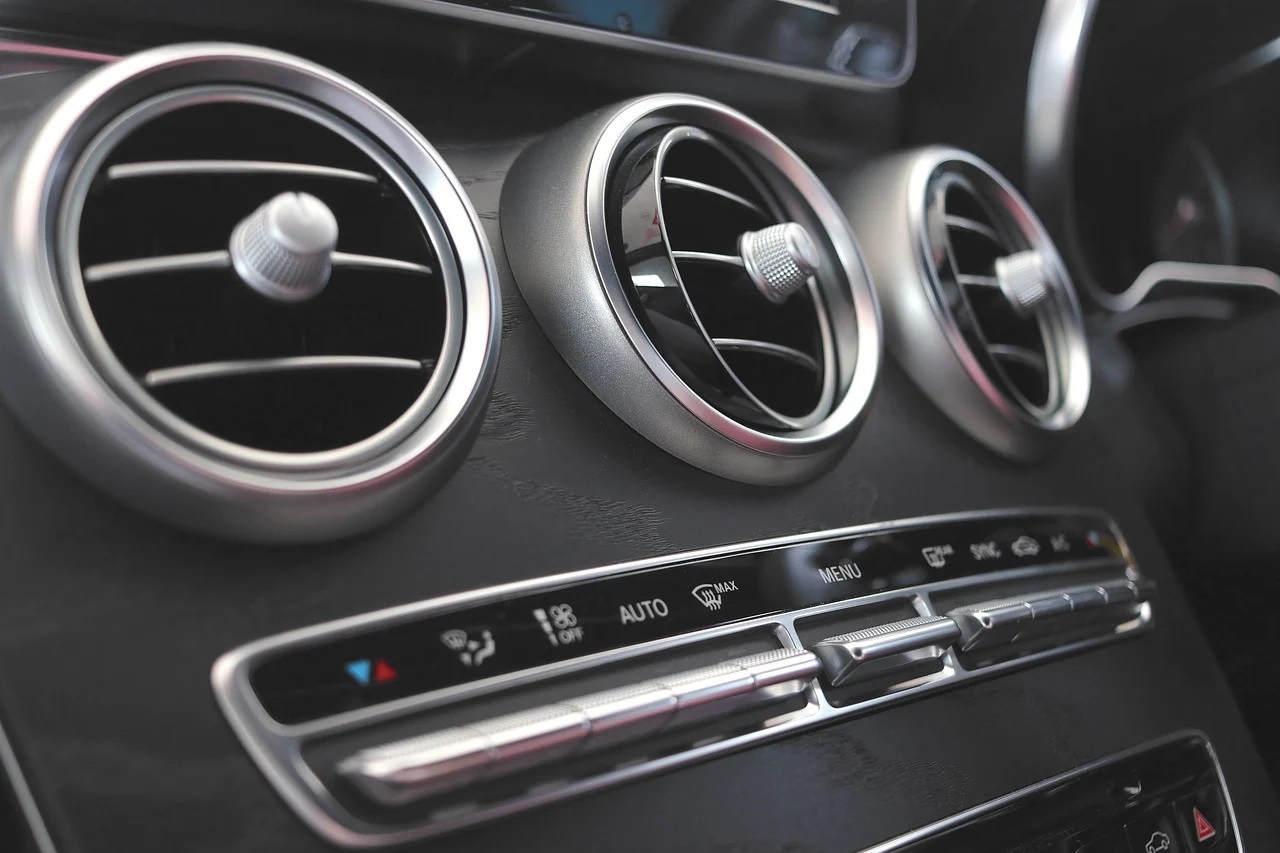
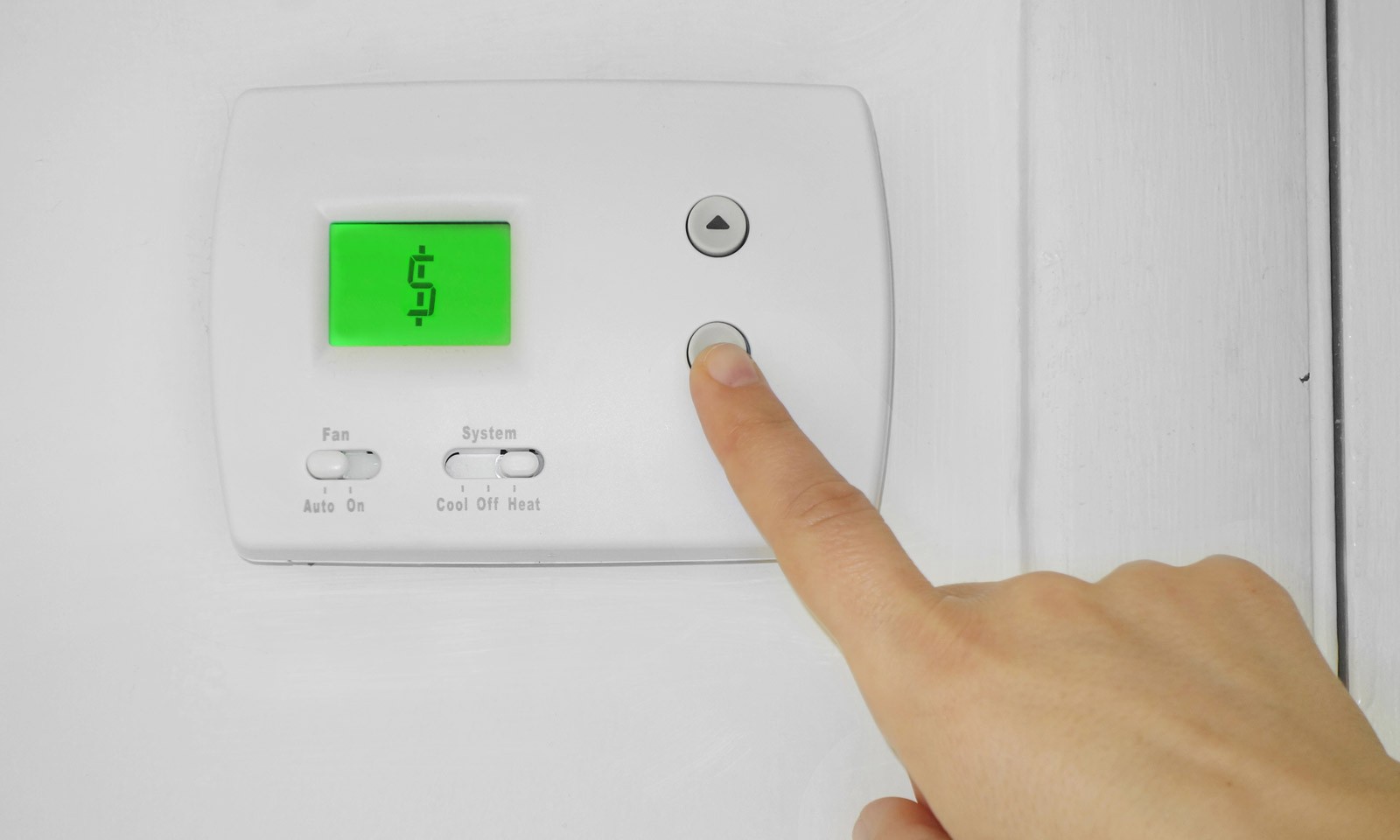
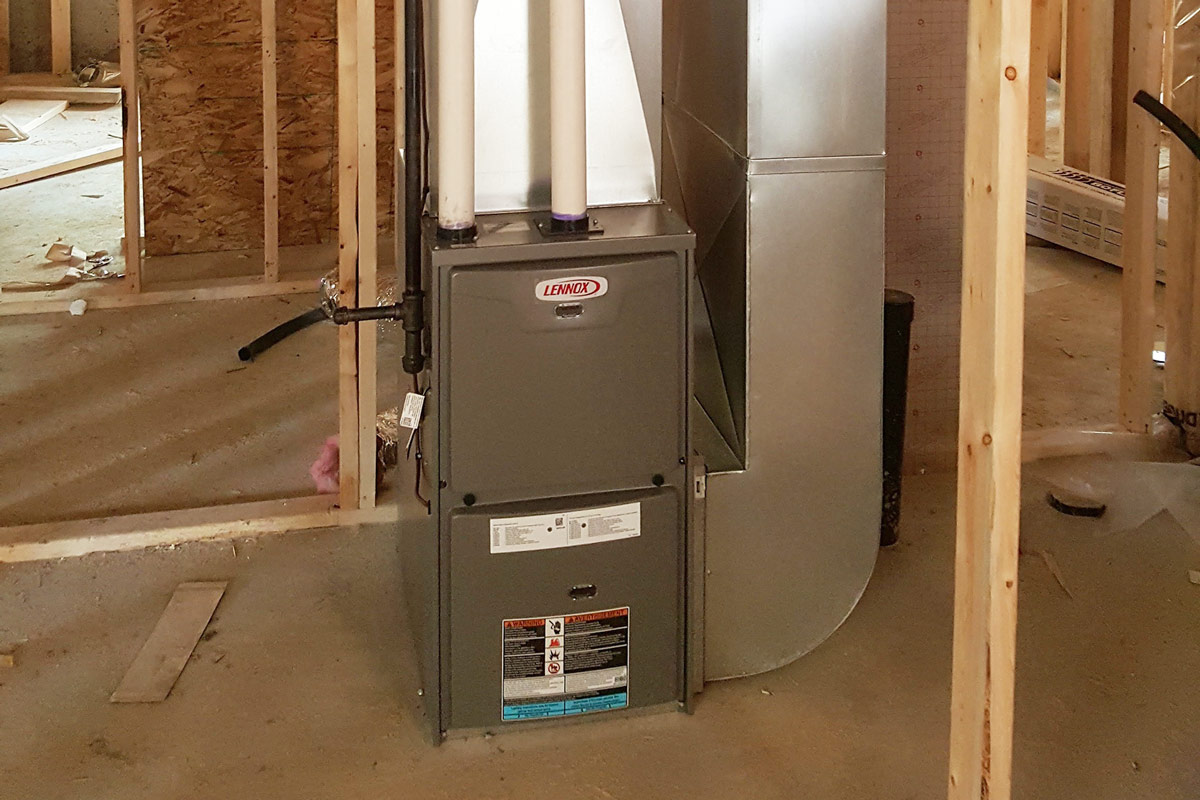
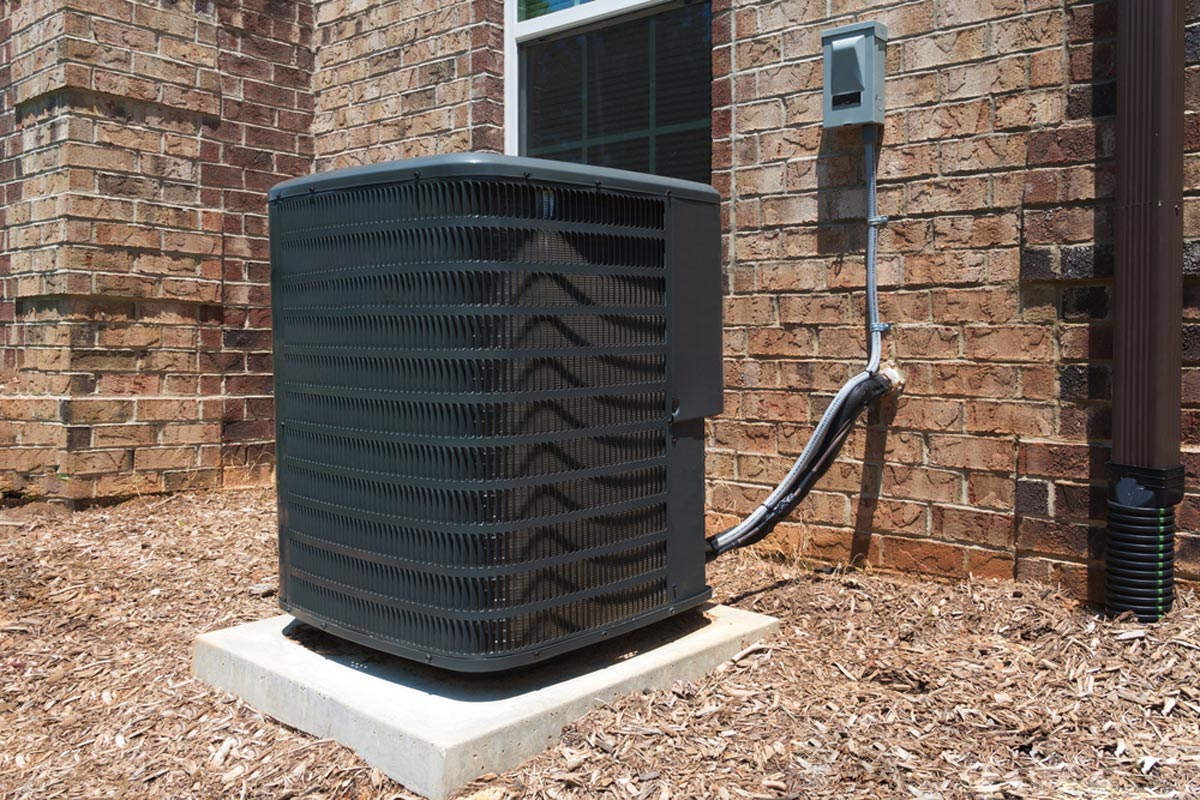
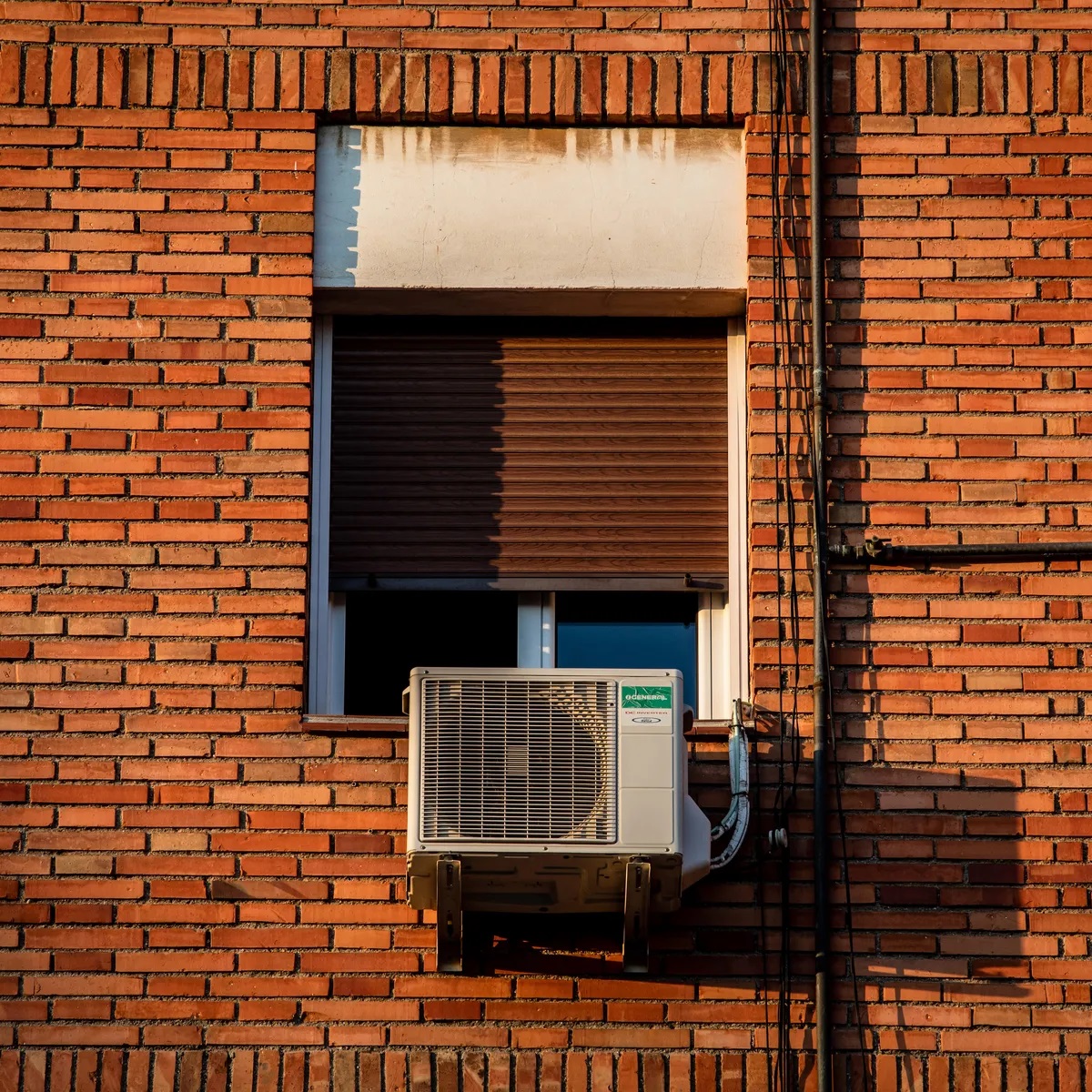
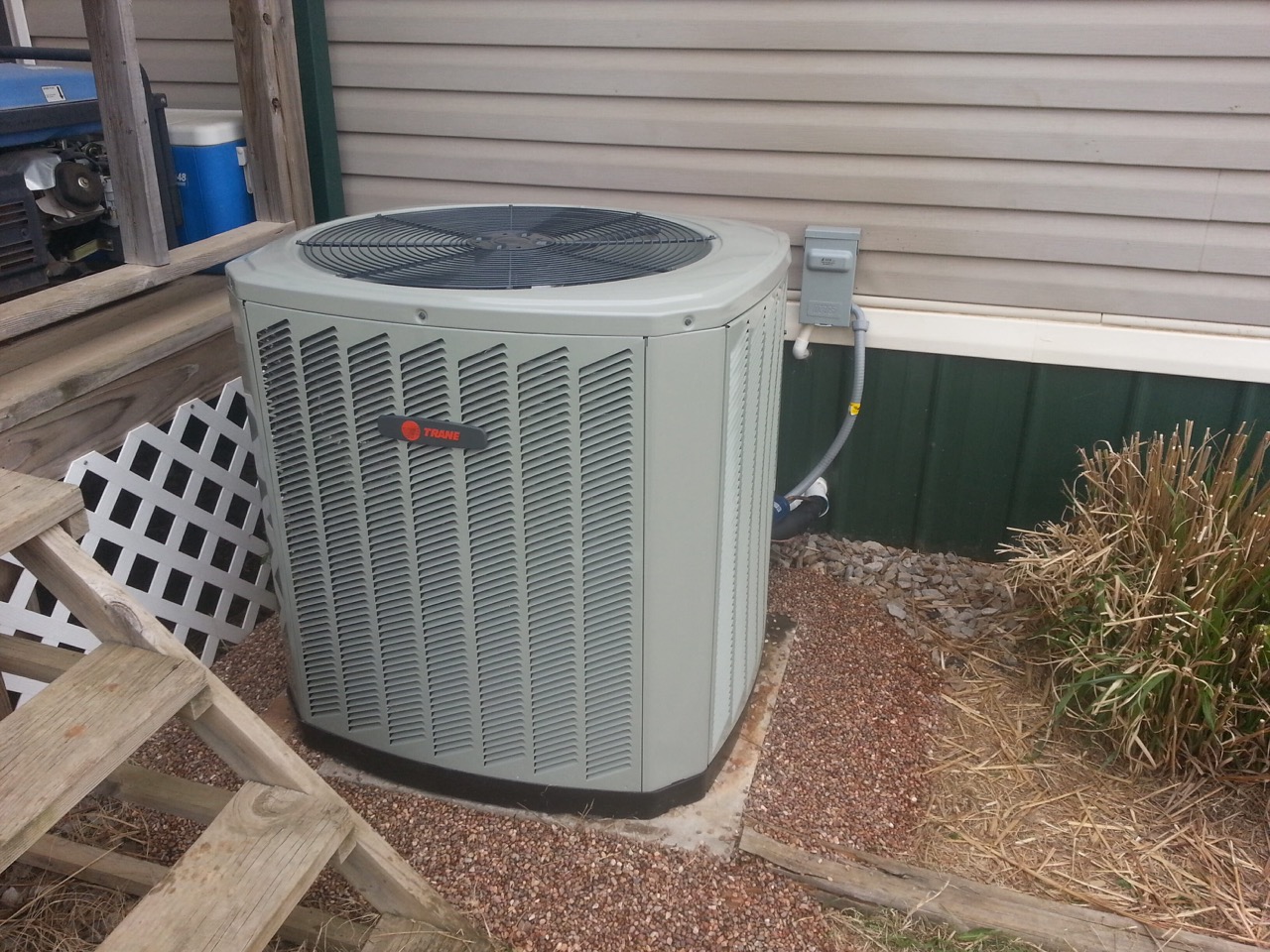
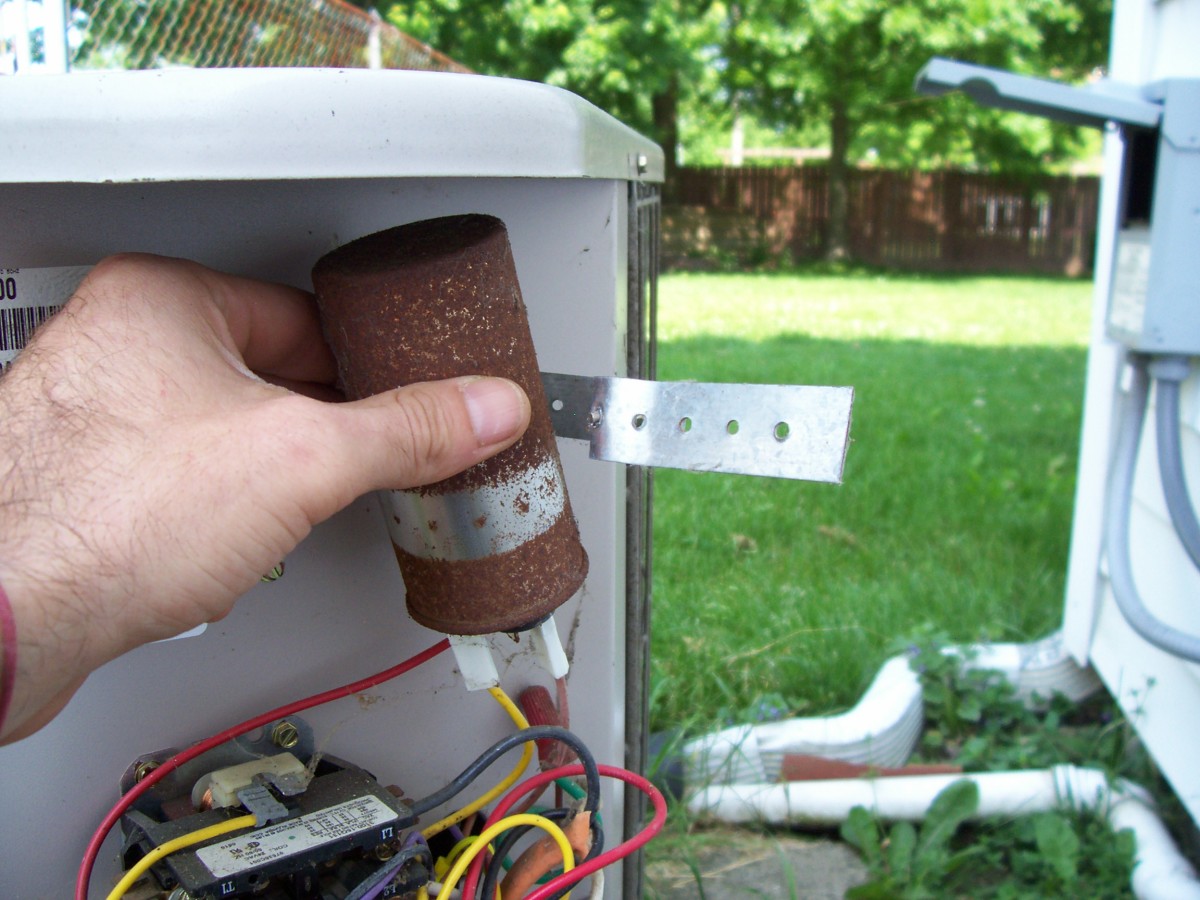
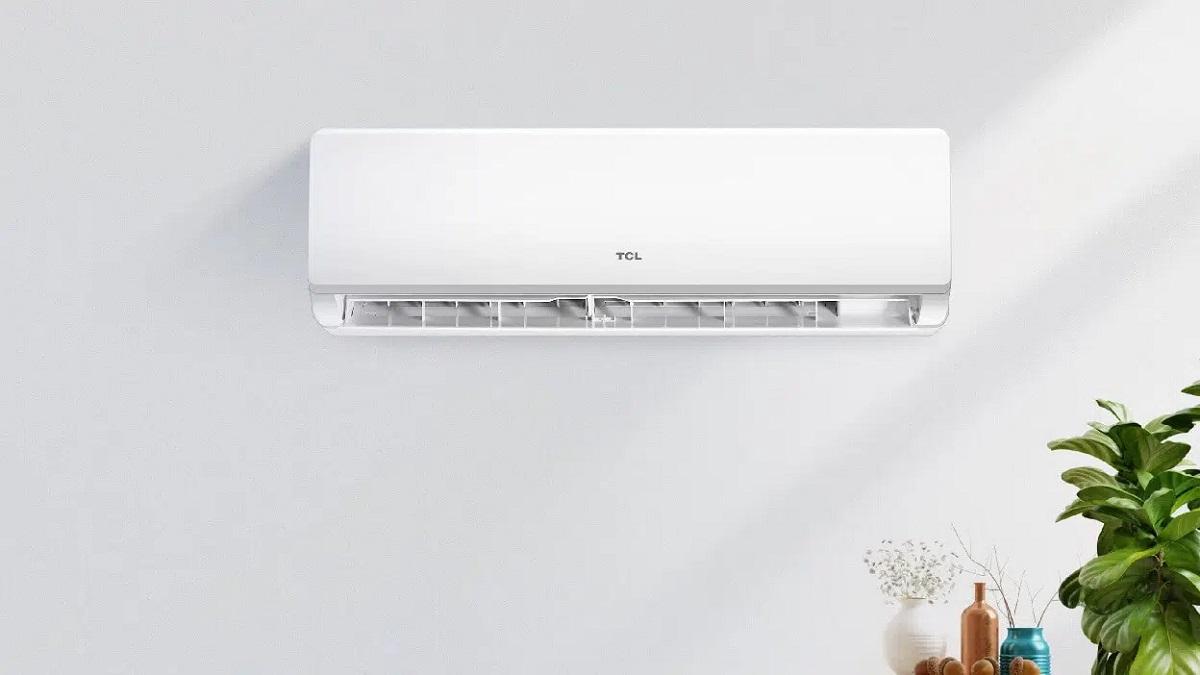
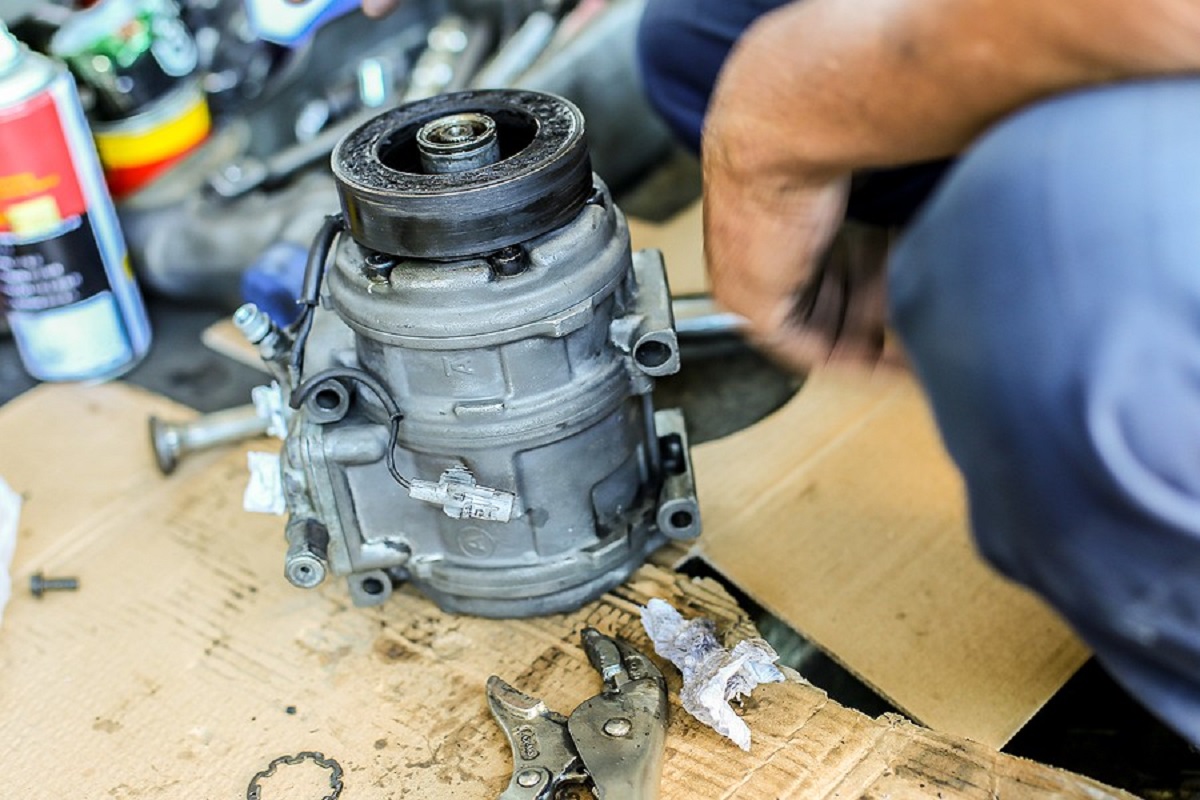
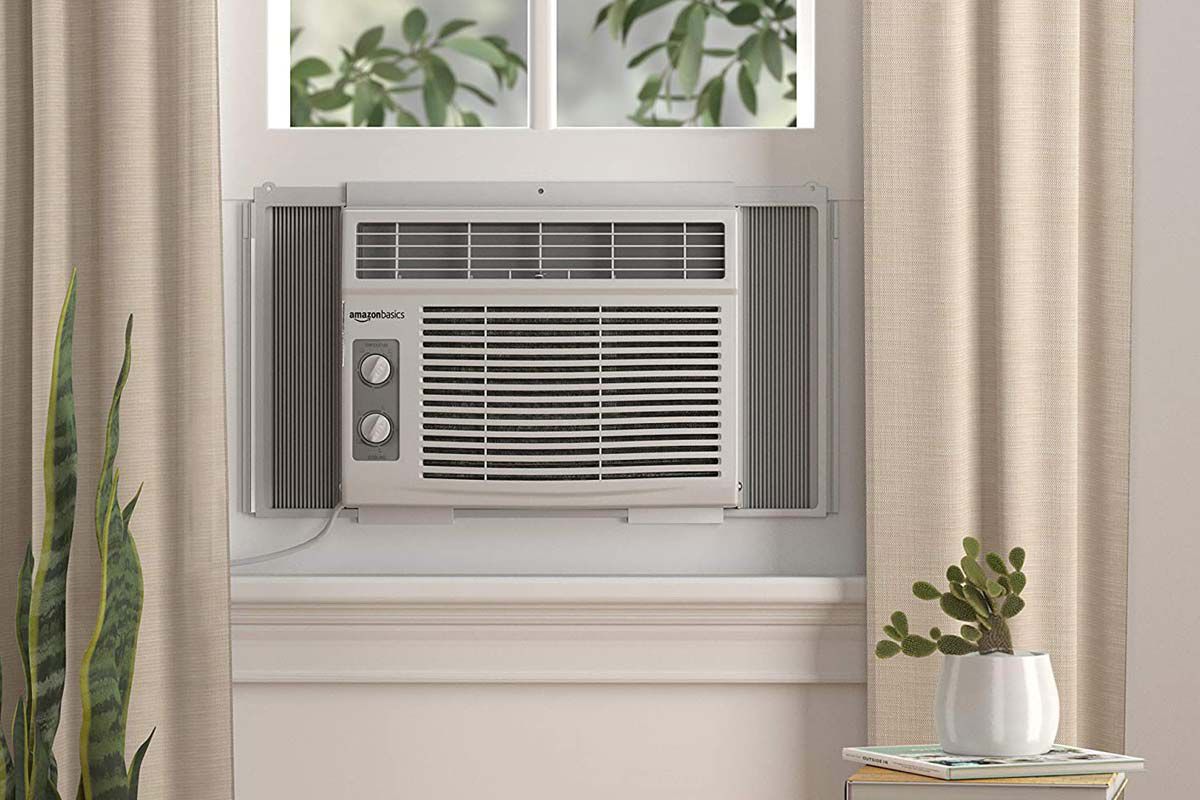
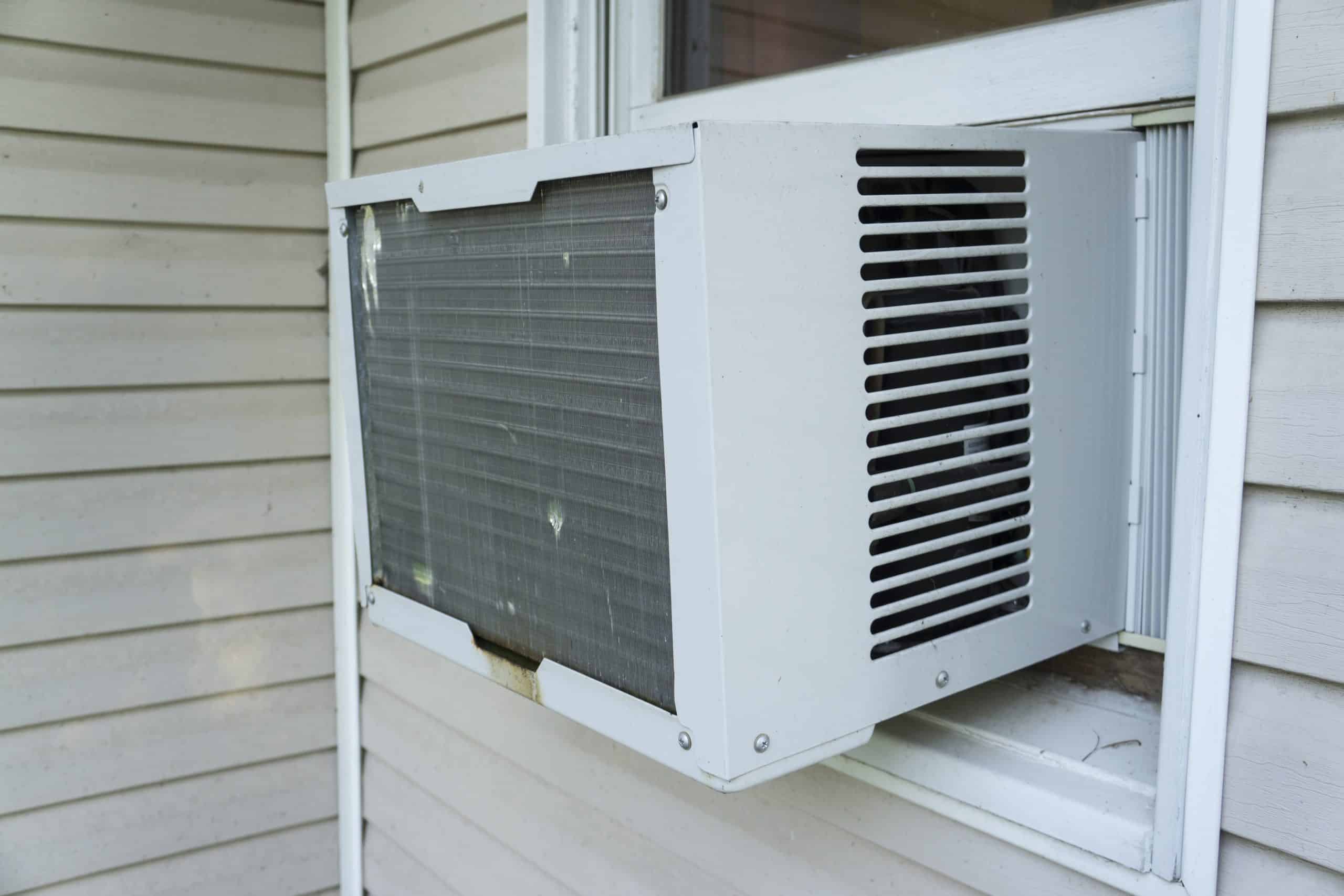

0 thoughts on “How Much Does A Window AC Unit Cost”